Content may contain affiliate links.
How many times have you heard it? “Art is a nice hobby, but what kind of a job will you get?” This question, often asked with the best intentions, is rooted in an outdated view of the world. In today’s economy, creativity isn’t a soft skill—it’s a superpower.
This guide will be your roadmap, connecting the dots between the paint splatters and pottery wheels of today’s classroom and the dynamic, thriving creative industries of tomorrow. We’ll explore the tangible skills your child is developing and reveal the direct pathways to fulfilling and lucrative careers that await creative minds.

Photo by Antoni Shkraba Studio on Pexels
Beyond the Canvas: The Core Skills Forged in the Art Room
The Language of Visuals
We live in an increasingly visual world. From Instagram stories to corporate presentations, from app interfaces to advertising campaigns, the ability to communicate ideas through images has become essential. Your child’s art class isn’t just about making pretty pictures—it’s a comprehensive course in visual literacy.
When students learn composition, they’re learning how to guide the viewer’s eye and create hierarchy in information. When they study color theory, they’re understanding how different hues affect emotions and decision-making.
Think about how infographics have changed the way we consume complex information. The person who designed that beautiful chart breaking down climate change data? They learned to organize visual information in art class, long before they knew it would become their job.
The Discipline of Problem-Solving
Every art project starts with a fundamental challenge: how do you turn a blank canvas, a lump of clay or an empty digital space into something meaningful? This process teaches students to embrace ambiguity, iterate through solutions, and persist when there’s no clear answer.
Unlike math problems with a solution, art projects require students to define the problem, explore multiple solutions, and evaluate success based on aesthetic and emotional criteria. This open-ended problem-solving mirrors the challenges professionals face in every industry today.
When a student struggles to get their clay sculpture to balance, they’re learning the same iterative thinking that engineers use to design safer buildings or entrepreneurs use to develop new products. The confidence to tackle problems with no obvious solution—a hallmark of artistic training—becomes a superpower in any career path.
The Observation Muscle
Drawing something accurately requires more than technical skill—it demands careful observation and attention to detail. Students must learn to really see their subject, noticing subtle variations in light, shadow, texture, and proportion that most people unconsciously ignore.
This developed awareness translates directly into professional advantages. Doctors who can observe subtle changes in patient symptoms, architects who notice how light moves through spaces, and researchers who spot patterns in complex data all benefit from the observational skills developed through artistic practice.
These observation skills also complement analytical disciplines like physics. In fact, students who balance artistic training with analytical subjects often excel in both.
For example, learners preparing for rigorous science exams often benefit from A Level Physics tuition Singapore, where the ability to visualize problems and interpret diagrams—skills nurtured in art class—can significantly enhance comprehension.

Photo by Moose Photos on Pexels
The Direct Line: From School Subject to Creative Career
Fine Arts & Illustration
The traditional art subjects—drawing, painting, and printmaking—form the foundation for many contemporary careers. Children’s book illustration alone is a thriving industry with successful illustrators earning substantial incomes working on projects they love.
Beyond books, these skills translate directly into concept art for video games and films, textile design for fashion companies, and gallery representation for fine artists. The digital revolution has expanded opportunities rather than diminished them as these traditional skills now extend into digital mediums and online marketplaces.
Career Pathways Include: • Children’s book and graphic novel illustration • Concept artist for the entertainment industry • Textile and pattern designer • Gallery artist and art dealer • Art therapist and community arts coordinator
Design & Digital Media
Perhaps nowhere is the demand for creative writing skills contact us for more evident than in the digital design sector. Every app on your phone, every website you visit, and every digital advertisement you see was created by someone who understands visual communication principles.
Photography and videography, once considered purely artistic pursuits, now encompass everything from social media content creation to commercial advertising and documentary filmmaking. The democratization of these tools has created new opportunities while maintaining demand for skilled practitioners.
3D Design & Sculpture
Working with three-dimensional forms develops spatial reasoning and understanding of how objects exist in physical space. These skills translate beautifully into product design where professionals create everything from smartphones to furniture to medical devices.
Architecture remains one of the most prestigious applications of 3D design thinking, but the field has expanded to include virtual reality environments, exhibition design,n and even urban planning. Students who enjoy working with clay, wood, or digital 3D modeling are developing skills that could shape the physical world around us.
The Creative Crossover: How Art Fuels Success in ALL Fields
The Scientist Who Can Visualize
Some of the most significant scientific discoveries have been communicated through beautiful visual representations. The ability to turn complex data into compelling charts, to sketch out biological processes, or to create diagrams that make abstract concepts concrete is where art and science meet.
Medical illustration, scientific animation, and data visualization are fast-growing fields that require this combination of scientific knowledge and artistic skill. These professionals earn good salaries while contributing to important research and educational initiatives.
The Writer Who Can See the Story
Good writing has always been visual—it paints pictures in readers’ minds through chosen words and imagery. Art education trains students to think in scenes, metaphors, and compelling visual narratives, providing a foundation that enhances written communication across all contexts.
That’s why a good psle english tutor often incorporates visual elements into writing instruction. The connection between visual and verbal creativity runs deep, and students who can think visually often become more engaging storytellers, whether they’re writing novels, marketing copy, or presentations for business contexts.
If your child is strong in both visual arts and storytelling, contact us! to explore how these complementary skills can be developed together. The combination of visual thinking and narrative ability opens doors to careers in screenwriting, content creation, advertising, and multimedia journalism.
The Entrepreneur Who Can Communicate
Entrepreneurs who can create compelling presentations, design attractive marketing materials, and develop strong brand identities have a significant advantage over those who outsource design.
Many successful business leaders credit their artistic training with helping them see opportunities others miss, communicate vision effectively, and create brand experiences that resonate with customers.
The Technology Amplifier
Digital tools have amplified rather than replaced the need for artistic skills. Artificial intelligence can generate images, but it still requires human creativity to direct that generation meaningfully. Social media platforms have created a massive demand for visual content. Virtual and augmented reality technologies need creative professionals to populate digital worlds with engaging experiences.
Students developing artistic skills today are positioning themselves to work with technologies that didn’t exist when their parents were choosing careers. The foundational skills remain constant while the applications continue to expand.
Building a Creative Portfolio
For students interested in creative careers, building a portfolio becomes as important as maintaining good grades. This doesn’t require expensive equipment or professional-level work; it just needs to show growth, creativity, and technical development over time. Digital platforms make it easier than ever to showcase work and connect with potential mentors, clients or collaborators. Students can start building their creative professional network before graduation, gaining real-world experience through small projects and competitions.
The Economic Facts
Creative industries contribute to global economies. The creative sector often grows faster than traditional industries. In many developed countries, creative industries make up a significant portion of GDP and employment.
Moreover, the integration of creative skills into traditional sectors means creative training provides career insurance. As automation displaces routine jobs, the uniquely human skills developed through artistic practice, creativity, emotional intelligence, and visual communication become more valuable.
Growing the Creative Mind
Supporting your child’s artistic development doesn’t require grand gestures or expensive programs. It means valuing their creative exploration, providing opportunities for artistic expression, and helping them see connections between their artistic interests and career paths.
This might mean visiting museums and galleries, encouraging experimentation with different media, or simply celebrating their creative achievements with the same enthusiasm reserved for academic or athletic achievements.
The Future Canvas
Art education builds foundational skills that go beyond traditional creative careers. Students develop visual literacy, problem-solving abilities, and observational skills that give them an edge in any field they choose to pursue.
The future belongs to those who can think creatively, communicate visually, and solve problems that don’t have predetermined answers. In that future, the artists aren’t just holding the map; they’re the ones drawing it.
Perhaps the smartest approach to education is to recognize that creativity isn’t the opposite of intelligence but rather one of its highest expressions, capable of generating solutions and possibilities that purely analytical thinking might never discover.
Disclosure: She Owns It partners with others through contributor posts, affiliate links, and sponsored content. We are compensated for sponsored content. The views and opinions expressed reflect those of our guest contributor or sponsor. We have evaluated the links and content to the best of our ability at this time to make sure they meet our guidelines. As links and information evolve, we ask that readers do their due diligence, research, and consult with professionals as needed. If you have questions or concerns about any content published on our site, please let us know. We strive to only publish ethical content that supports our community. Thank you for supporting the brands that support this blog.
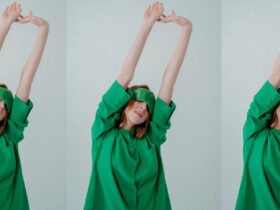

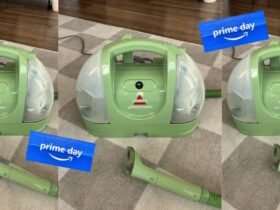

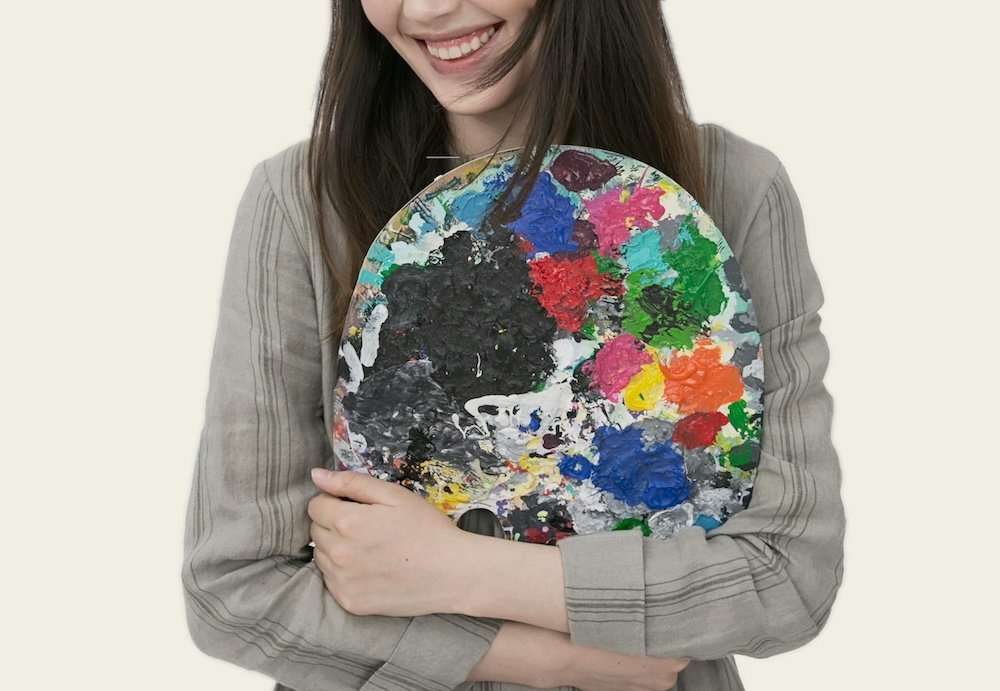


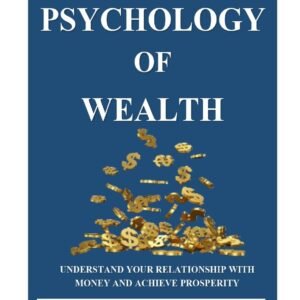






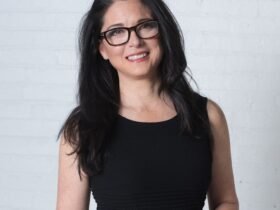




Leave a Reply